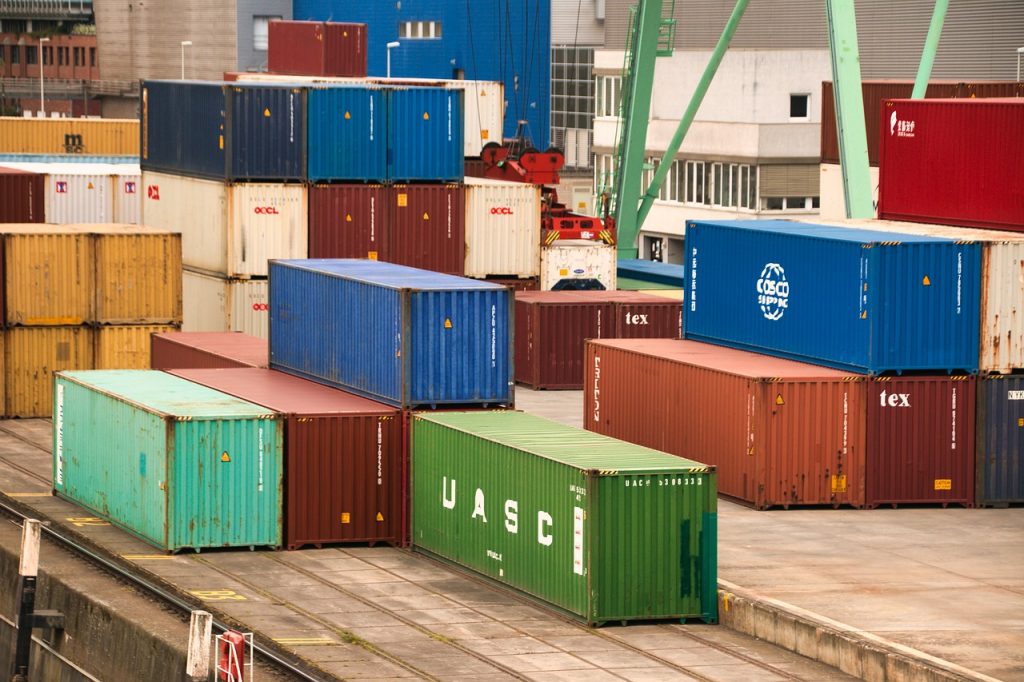Container handling plays a crucial role in the logistics industry, ensuring the smooth movement of goods across the globe. Efficiently loading and unloading containers is essential for optimizing operations and minimizing costs. In this blog post, we will explore the various techniques and best practices for handling containers, providing valuable insights for professionals in the field.
- Understanding Container Types and Specifications:
Before delving into the loading and unloading process, it is important to have a comprehensive understanding of container types and specifications. Containers come in different sizes, such as 20-foot, 40-foot, and 45-foot, each with its own weight limits and capacity. Familiarize yourself with these specifications to ensure proper handling and avoid any potential issues. - Planning and Organization:
Efficient container handling starts with meticulous planning and organization. Prioritize the arrangement of containers based on their destination, weight, and size. This will help optimize space utilization and prevent unnecessary delays during loading and unloading. Utilize advanced planning tools and software to streamline the process and improve overall efficiency. - Equipment and Machinery:
Investing in the right equipment and machinery is crucial for smooth container handling operations. Forklifts, reach stackers, and cranes are commonly used to lift and move containers. Ensure that these machines are well-maintained and operated by trained professionals to minimize the risk of accidents and damage to the containers. - Safety Measures:
Safety should always be a top priority when handling containers. Implement strict safety protocols and provide proper training to all personnel involved in the process. This includes wearing personal protective equipment, following proper lifting techniques, and securing containers with appropriate restraints. Regular safety audits and inspections should also be conducted to identify and address any potential hazards. - Efficient Loading Techniques:
To maximize container space and ensure stability during transportation, efficient loading techniques are essential. Utilize the "last in, first out" principle, placing the heaviest and most frequently accessed cargo at the front of the container. Use dunnage, bracing, and blocking materials to secure the cargo and prevent shifting during transit. Additionally, consider utilizing specialized loading equipment, such as container loading ramps, to streamline the process. - Streamlined Unloading Process:
Efficient unloading of containers is equally important to maintain operational efficiency. Prioritize unloading containers based on their destination and urgency. Utilize proper lifting techniques and equipment to ensure the safety of personnel and prevent damage to the cargo. Implement efficient inventory management systems to track and organize unloaded goods promptly.
Conclusion:
Mastering the art of container handling is crucial for professionals in the logistics industry. By understanding container types, planning meticulously, investing in the right equipment, prioritizing safety, and implementing efficient loading and unloading techniques, businesses can optimize their operations and enhance overall productivity. Stay updated with the latest industry trends and advancements to continuously improve container handling processes and stay ahead in the competitive global market.

